The value of a Krugerrand, a gold coin minted by the South African Mint, depends on several key factors that affect its price. The main driver of a Krugerrand’s worth is the current market price of gold, combined with its weight and purity. These coins contain a fixed amount of gold, which gives them intrinsic value regardless of other conditions.
Other important factors include the coin’s condition, rarity, and mintage year. Special editions or early releases tend to be more valuable to collectors. Economic conditions, such as inflation and currency strength, also influence demand for gold coins like the Krugerrand, often raising their value during uncertain times.
Understanding these elements can help owners and investors make smarter choices about buying, selling, or holding their Krugerrands. Proper handling and storage also play a role in preserving their long-term value.
Understanding Krugerrands and Their Key Attributes
Krugerrands are known for their gold content, design, and historical value. Their distinct features, including metal composition and symbolic imagery, define their worth and collectibility in the world of gold coins.
What Is a Krugerrand?
A Krugerrand is a South African gold bullion coin first issued in 1967 by the South African Mint. It was created to offer a way to own gold in coin form easily. Unlike typical currency, it is not issued with a face value but is valued based on its gold content.
Krugerrands are made primarily as investment coins. Their popularity lies in the ability to buy and sell gold simply, as each coin contains exactly one troy ounce of gold in total weight. They are widely accepted worldwide as a standard gold investment product.
Design and Composition Details
Krugerrands are made from 22-karat gold, which means they contain approximately 91.67% gold. The rest is copper, giving the coins durability and a slightly reddish tint. This alloy makes the coin harder and more resistant to scratches than pure gold.
The front (obverse) features a portrait of Paul Kruger, the former President of the South African Republic. The reverse shows a springbok antelope, a national symbol of South Africa. These designs are stamped with precision by the South African Mint.
Historical Origins and Significance
The Krugerrand was introduced to promote South African gold in global markets during the 1960s. It became the first gold coin to be valued by its gold content rather than a nominal face value. This innovation made it a popular and trusted option for gold investors worldwide.
The coin honours South African heritage through its imagery and name. Paul Kruger’s portrait ties it to the country’s history, while the springbok antelope symbolises South African wildlife. Over time, Krugerrands grew to be one of the most recognised South African gold coins.
Market Value Drivers for Krugerrands
The value of Krugerrands shifts with several key market forces. These include changes in the price of gold, how much the coins are wanted or available, and additional costs related to buying and selling. Understanding these factors helps investors know what influences the coin’s price at any time.
Gold Spot Price and Precious Metals Market
The spot price of gold is the most critical factor affecting Krugerrand prices. This price reflects the current market value of gold bullion per ounce. When gold prices rise, Krugerrand values generally increase because each coin contains a fixed amount of gold.
Global economic events, inflation rates, and currency changes impact the precious metals market and influence gold spot prices. Investors often turn to gold as a safe asset during uncertainty, pushing prices higher. Conversely, if the global economy is strong and stable, demand for gold may drop, lowering the spot price and Krugerrand values.
Supply and Demand Dynamics
Supply and demand play a significant role in determining the market price of Krugerrands. Limited coin mintage or scarcity of certain editions increases demand, raising the coin’s value above the gold spot price.
Market demand can rise during geopolitical tensions or economic downturns as investors seek safe havens. On the supply side, availability depends on both new minting and coins sold back into the market. If many owners sell their coins at once, prices may fall. Conversely, low supply with steady demand can push prices upward.
Dealer Premiums and Market Liquidity
Buyers often pay a premium price above the raw gold spot price due to dealer costs and profit margins. These premiums cover storage, insurance, and handling fees and can vary by dealer and location. A high premium raises the final price of a Krugerrand.
Market liquidity also affects value. Coins that are well-known and widely traded, like the Krugerrand, tend to have better liquidity, making them easier to sell quickly with smaller price differences. Less popular coins may face wider price spreads, reducing their effective value when sold.
Economic and Geopolitical Influences on Krugerrand Value

The value of a Krugerrand is closely linked to global economic conditions and political situations. Changes in inflation, economic stability, and international relations can shift demand for the coin. These shifts affect how investors view the Krugerrand as a safe holding or a risk.
Impact of Economic Uncertainty and Inflation
During times of economic uncertainty, investors often seek out assets that protect against rising inflation. The Krugerrand, made of gold, is commonly used as a hedge against inflation. When inflation rates rise, fiat currencies lose value, but gold’s worth tends to hold steady or increase.
This makes the Krugerrand attractive in unstable economies. People trust it more than cash because the coin’s physical gold content has lasting value. Inflation and uncertainty often push demand higher, which can raise Krugerrand prices.
Economic downturns or recessions also increase interest in gold as a safe-haven asset. When markets fall, and bonds or stocks become risky, investors turn to gold coins like Krugerrands to protect wealth.
Role of Geopolitical Events and Political Instability
Geopolitical events strongly affect Krugerrand prices. Political instability, especially in South Africa’s past during the apartheid era, caused price swings as investors reacted to uncertainty and risk.
Current political unrest or conflicts can create a similar impact. If investors fear instability, they often buy gold coins to shield assets. The Krugerrand’s South African origin adds historical significance, as past sanctions and unrest showed how politics influence value.
Periods of geopolitical instability worldwide also shift demand. Crises such as wars, sanctions, or diplomatic conflicts can increase the coin’s appeal as a safe place to store value outside of paper currencies.
Currency Fluctuations and International Sanctions
Currency strength directly affects Krugerrand prices. When a major currency weakens against gold, the price of Krugerrands often rises in that currency. This is because the coin retains its gold value regardless of how the local currency performs.
Currency devaluation boosts demand for physical gold to avoid losses in buying power. On the other hand, strong currencies may reduce immediate interest in gold coins, causing price dips.
International sanctions, like those imposed on apartheid-era South Africa, also affected Krugerrand trading and pricing. Sanctions can limit coin availability, affecting supply and demand. Today, economic sanctions or trade restrictions remain factors that can influence market access and value.
Rarity, Mintage, and Numismatic Significance
The value of a Krugerrand depends greatly on its rarity, the number minted in a given year, and its appeal to collectors. These factors often influence price beyond just the gold content. Special issues and historical context play a key role in making some coins more valuable to numismatists.
Mintage Numbers and Year Variations
Mintage numbers refer to how many Krugerrands were produced in a particular year. A lower mintage usually means higher rarity, which can increase a coin’s value. Some years had limited production due to economic conditions or changes in demand for South African gold coins.
Collectors pay close attention to these year variations. For example, Krugerrands from early years or from years with unusually low mintage are often more sought after. Knowing the exact mintage helps identify which coins might be rarer, making this an important factor in valuation.
Proof Krugerrands and Special Editions
Proof Krugerrands are specially made coins with a higher quality finish. They often have sharper details and a mirror-like surface, made for collectors rather than regular investors. Proof editions are produced in much smaller numbers than standard Krugerrands, which makes them rarer.
Special editions may include commemorative designs or limited releases. These editions can attract numismatists who value uniqueness and historical significance. Proof Krugerrands and limited editions usually have higher numismatic value, sometimes worth more than the gold inside alone.
Numismatic Value and Collectibility
Numismatic value goes beyond the metal content. It includes factors like condition, rarity, historical importance, and demand in coin collecting circles. A rare Krugerrand with cultural or historical significance, or one that is well preserved, can be prized by collectors.
Collectors or numismatists seek coins that complete sets or represent key moments in South African gold coin history. This demand can push prices higher than just bullion value. Understanding numismatic value helps owners decide when to sell or hold their Krugerrands for future appreciation.
Physical Condition and Professional Assessment
The physical state of a Krugerrand plays a major role in its value. Accurate grading and authentication can provide confidence in its worth. Proper handling and storage help maintain coin quality over time.
Coin Condition and Grading Standards
The Krugerrand’s condition directly affects its market price. Coins are evaluated based on wear, scratches, and overall appearance. Uncirculated coins—those never used in transactions—usually fetch higher prices than worn examples.
Professional grading services assess coins using standard criteria such as mint state and surface preservation. Grading scales range from Poor to Mint State (MS 70), with higher grades indicating better condition.
Collectors and investors often seek coins graded by trusted companies, such as the Professional Coin Grading Service (PCGS) or Numismatic Guaranty Corporation (NGC). These grades provide a reliable, third-party evaluation, making it easier to verify authenticity and quality.
Authentication and Professional Appraisal
Krugerrands should be authenticated by a professional appraiser to confirm their legitimacy and to detect counterfeits. Experts examine metal content, mint marks, and design details to certify the coin’s origin.
An appraisal offers a documented estimate of the coin’s market value based on current gold prices, rarity, and condition. This report can be valuable for insurance purposes or resale negotiations.
Storing Krugerrands correctly helps preserve their condition. Using protective capsules, climate-controlled environments, and avoiding direct handling by bare hands prevent damage and maintain value.
Comparisons, Investment Strategies and Selling Considerations
Understanding the value of Krugerrands requires comparing them to other gold coins and knowing how to invest and sell wisely. These points help investors make better choices related to krugerrand investment and gold investment in general.
Krugerrand Versus Other Gold Coins
Krugerrands are among the most popular gold coins globally, but they differ from other well-known coins like the American Gold Eagle and Canadian Gold Maple Leaf.
Krugerrands contain 1 troy ounce of pure gold but are valued based largely on the gold price and collectible demand. The American Gold Eagle, by contrast, includes a small percentage of copper and silver, which makes it more durable but slightly less pure. The Canadian Gold Maple Leaf is also 99.99% pure gold, often seen as more refined than Krugerrands.
Investors consider purity, design, and liquidity when choosing between coins. Krugerrands often trade at a small premium over spot gold price, while Maple Leafs can carry higher premiums due to purity. Price differences affect the value of Krugerrands compared to other gold coins and influence buying and selling decisions.
Strategies for Investing and Selling Krugerrands
Investing in krugerrands requires timing and understanding market trends. Investors often buy when gold prices are low and sell when prices rise. Holding coins long-term can protect against inflation.
A key strategy is monitoring krugerrand price fluctuations and broader gold market conditions. Investors should compare the krugerrand value against spot gold and premiums charged by dealers. Diversifying by holding different gold coins like American Gold Eagles or Maple Leafs can reduce risks.
When selling krugerrands, sellers should choose reputable dealers or auction platforms. Factors such as market demand, coin condition, and spot gold value affect selling prices. Being aware of current gold investment trends helps maximise returns.
Important points to track:
- Krugerrand spot price and premiums
- Market timing for buying/selling
- Dealer fees and transaction costs
- Diversification across gold coins
These strategies support informed decisions when investing in gold coins and selling Krugerrands.
Gold Bank is the go-to destination to sell gold online UK, but we don’t stop there. We also offer great prices when you sell silver scrap, trade platinum bars, or begin selling silver jewellery. Our trusted team ensures every item is professionally valued and paid for quickly. No hidden fees, no hassle—just fast, fair service with free insured delivery. Whether you’re decluttering or need cash quickly, you can sell all your precious metals with one trusted service. Gold, silver, or platinum—get an instant quote now and see why thousands choose Gold Bank to handle their valuables with care.








 In Stock
In Stock

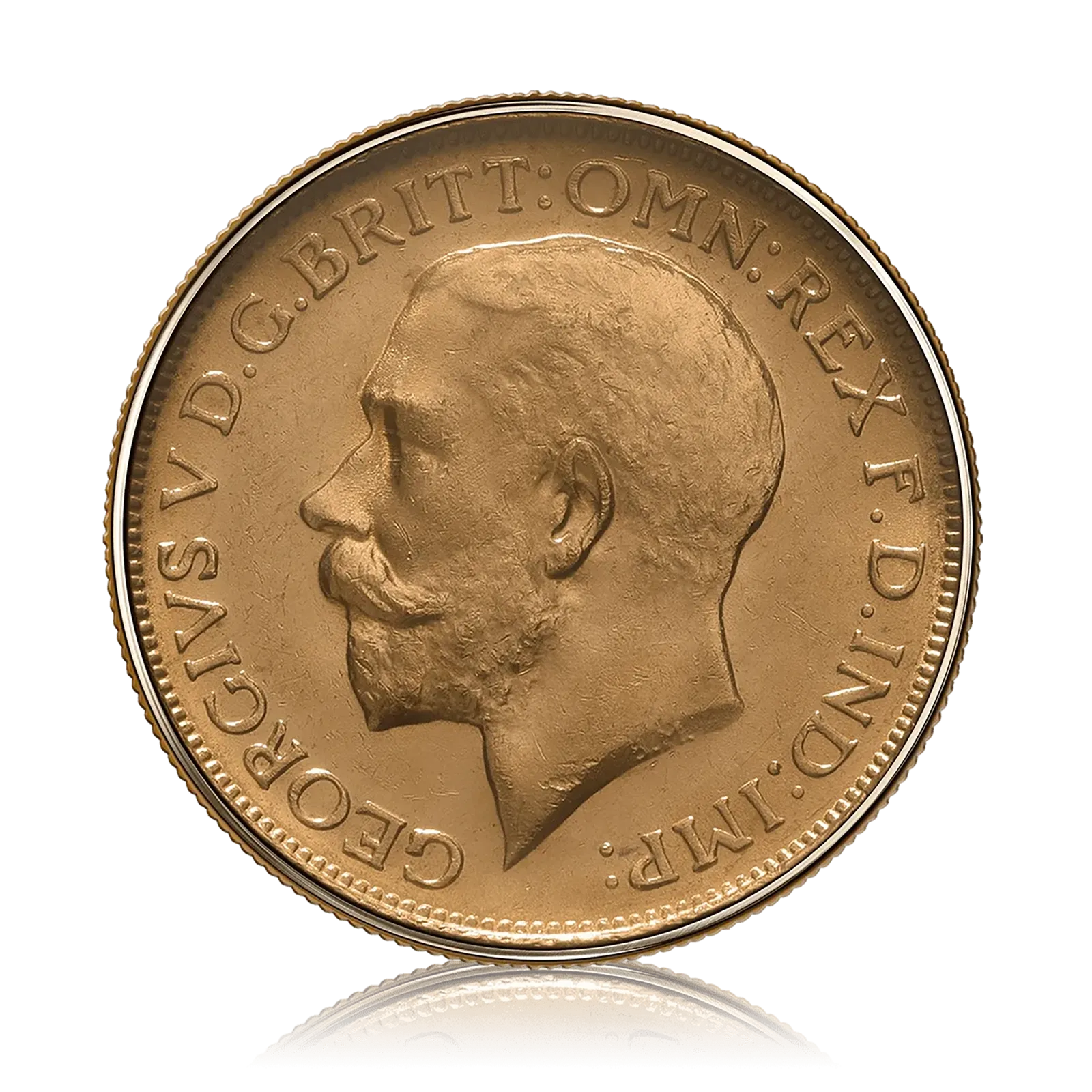
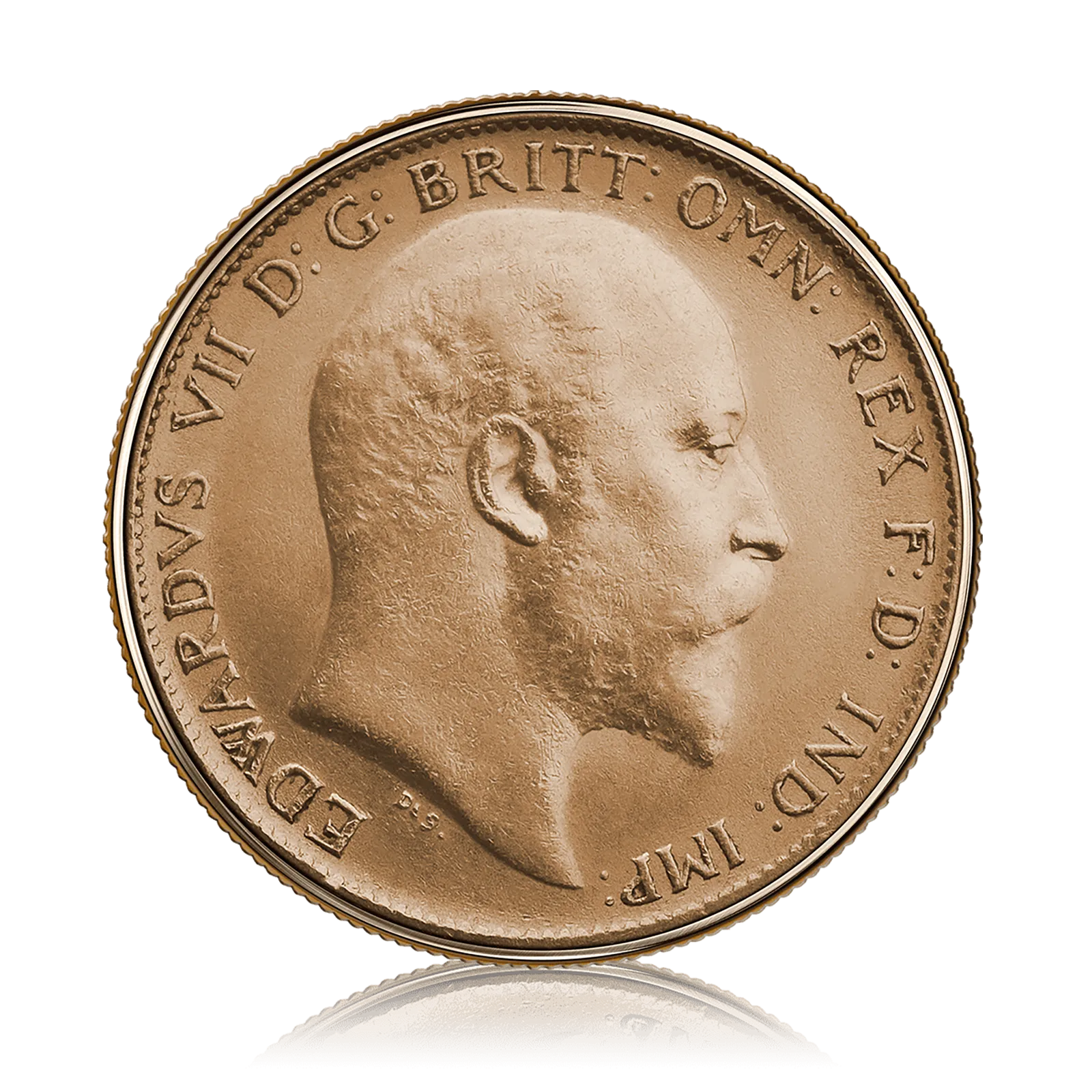
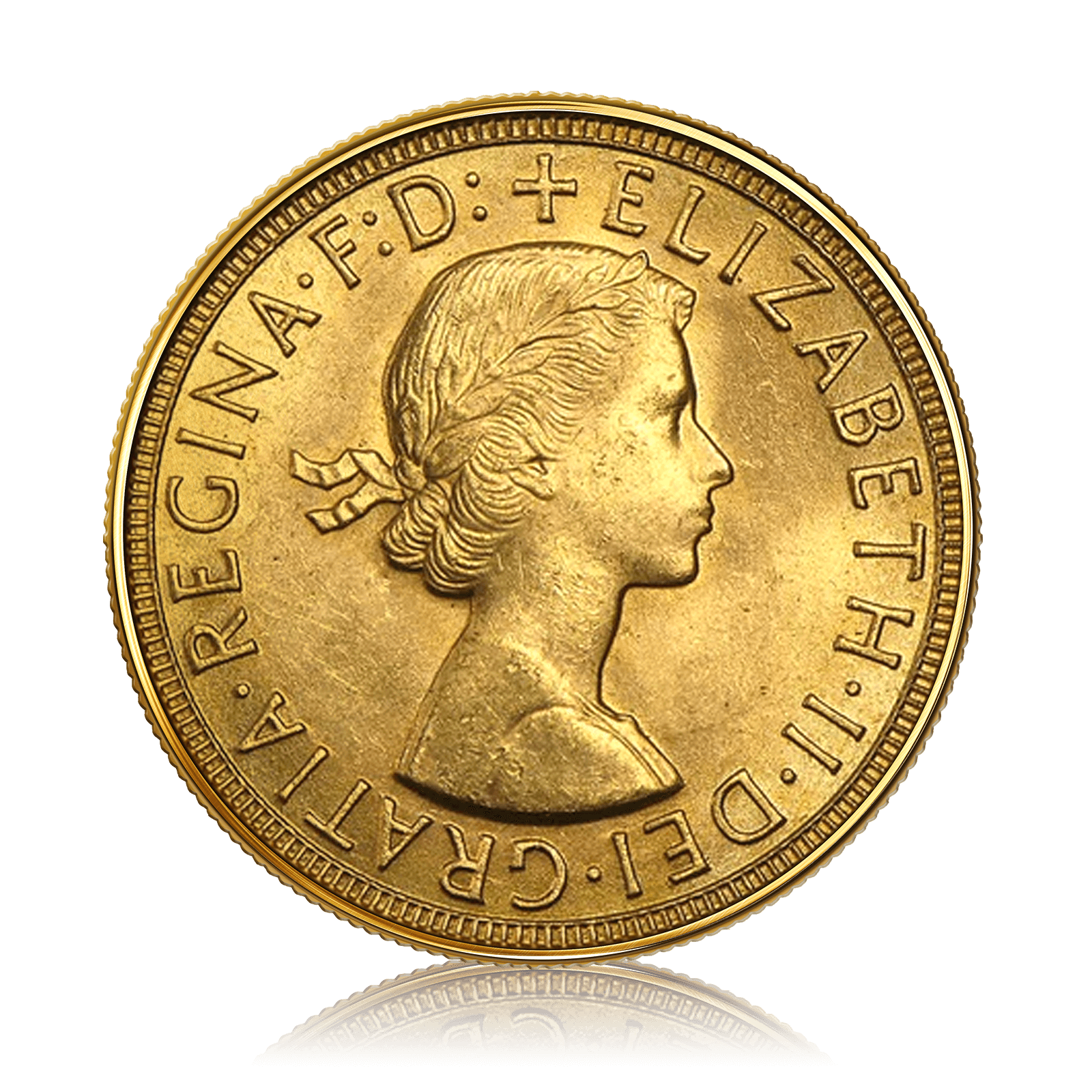
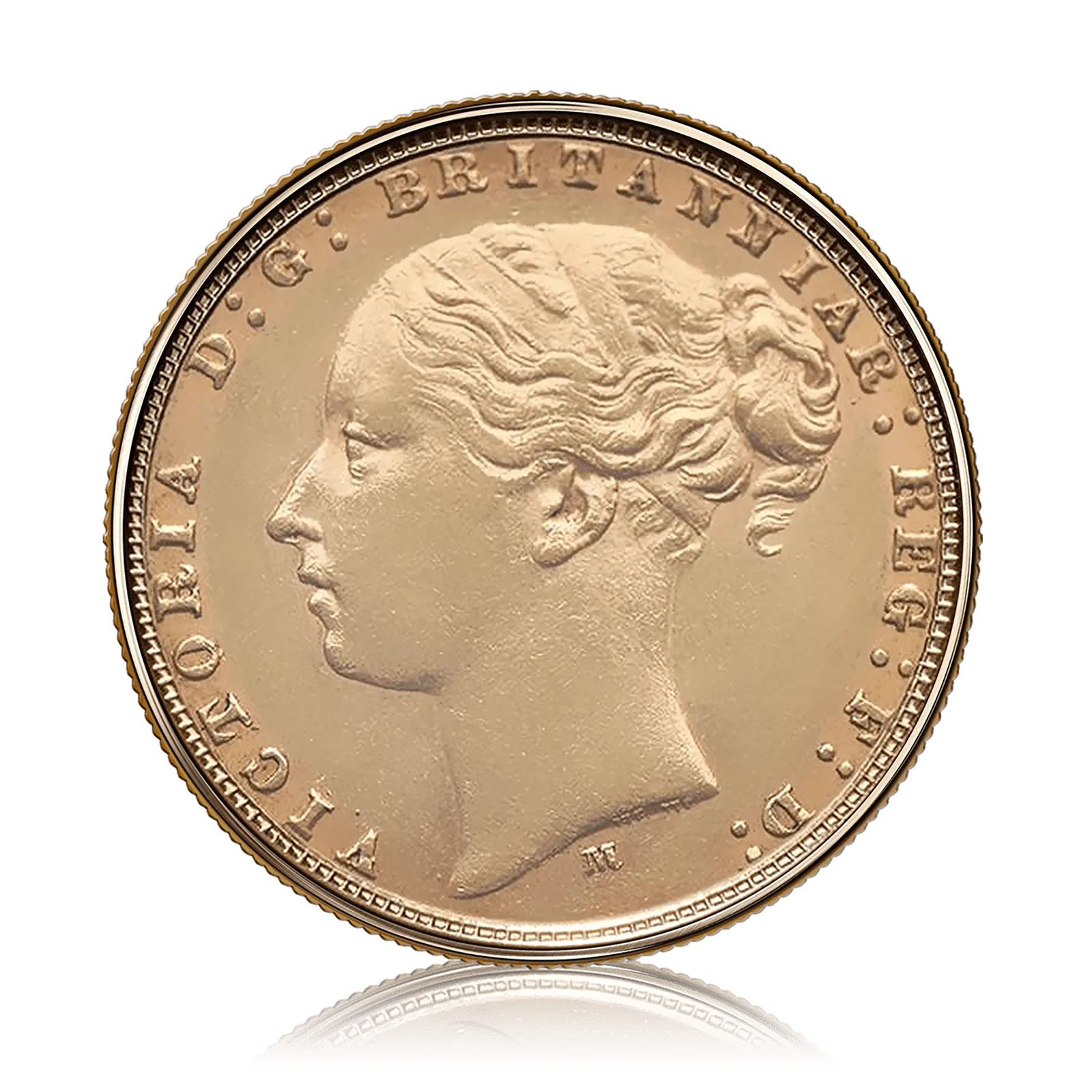
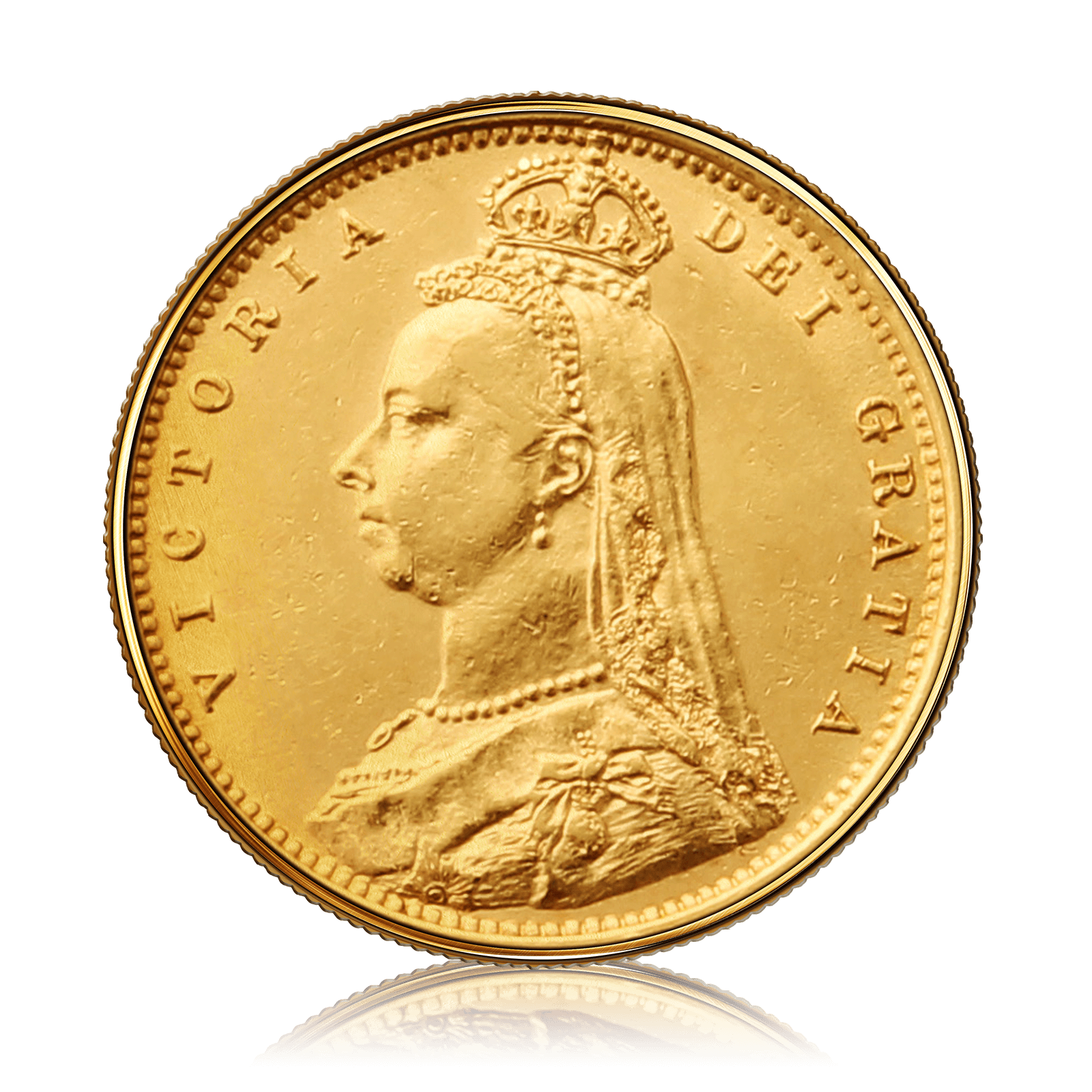
 Out Of Stock
Out Of Stock










